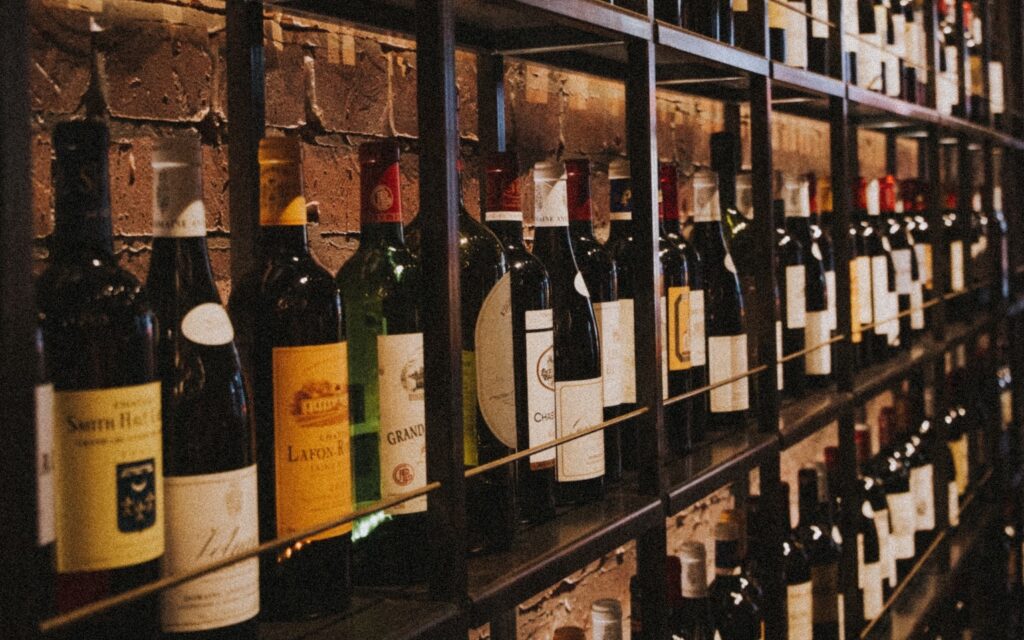Introduction
When it comes to designing wine bottle labels, wine producers must adhere to specific regulations and requirements imposed by regulatory bodies. These regulations ensure that wine labels provide accurate and necessary information to consumers while maintaining compliance with labeling standards. In this article, we will explore the labeling regulations for wine bottle labels, discussing mandatory information, specific guidelines, and tips for wine producers to comply with regulations while creating attractive and informative label designs.
-
Importance of Labeling Regulations
Accurate and compliant wine bottle labels are essential for both consumer protection and industry integrity. The labeling regulations for wine bottles serve several important purposes:
a) Consumer information: Labels provide consumers with vital information about the wine, including its origin, grape variety, alcohol content, and allergen warnings. This allows consumers to make informed decisions based on their preferences and dietary needs.
b) Brand identity: A great wine bottle label maker knows that labels are an integral part of a wine producer’s brand identity. They communicate the producer’s story, differentiate their products from competitors, and build brand recognition and loyalty among consumers.
c) Regulatory compliance: Adhering to labeling regulations ensures that wine producers meet legal requirements and maintain the integrity of the wine industry. Non-compliance can result in fines, penalties, or damage to the brand’s reputation.
-
Mandatory Labeling Information
Wine bottle labels must include specific information mandated by regulatory bodies. While regulations may vary depending on the region and country, common mandatory labeling information includes:
a) Brand name: The label should prominently display the brand name or trademark of the wine producer.
b) Wine type and origin: The label should indicate the type of wine (e.g., red, white, rosé) and its geographical origin. Specific appellations or designations may also be required for wines produced in certain regions.
c) Alcohol content: The label should include the alcohol by volume (ABV) percentage of the wine.
d) Health warnings: Some jurisdictions require health warnings regarding the risks of alcohol consumption during pregnancy or the potential hazards of drinking and driving.
e) Volume: The label should state the volume of the wine in the bottle (e.g., 750 mL).
f) Allergen information: If the wine contains known allergens, such as sulfites, it must be clearly stated on the label.
-
Specific Labeling Guidelines
In addition to mandatory information, there are specific labeling guidelines that wine producers must follow. These guidelines ensure consistency, transparency, and accuracy in labeling. Some common guidelines include:
a) Font size and legibility: Labels must feature legible text with font sizes that meet regulatory requirements, ensuring that consumers can easily read the information.
b) Label placement: Regulatory bodies may specify the precise location of certain information on the label, such as the alcohol content or health warnings.
c) Label language: The language used on the label may be regulated, particularly in countries with multiple official languages or specific language requirements.
d) Label graphics and imagery: Some jurisdictions have restrictions on the use of certain graphics, images, or symbols that may mislead or deceive consumers.
-
Tips for Compliance and Design
To ensure compliance with labeling regulations while maintaining an attractive and informative label design, wine producers can follow these tips:
a) Research and understand local regulations: Familiarize yourself with the labeling regulations specific to your target market. Consult regulatory bodies or seek legal guidance to ensure full compliance.
b) Clear and concise design: Create label designs that clearly present the mandatory information without overcrowding or compromising legibility. Consider using fonts, colors, and graphics that enhance the brand’s visual identity while maintaining regulatory compliance.
c) Label proofing and approval: Before printing a large batch of labels, seek approval from regulatory bodies or consult legal professionals.
Want to take regulations, design, and printing off your plate? Contact us for a no-obligation quote!

